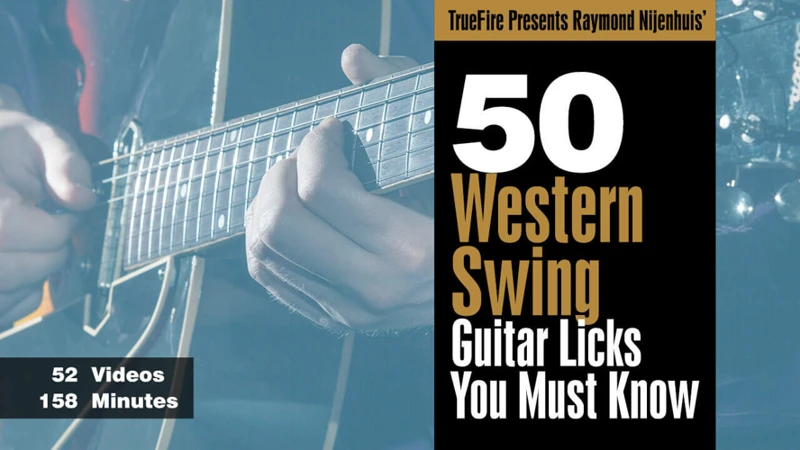Welcome to our latest blog post, where we will be exploring the exciting technique of string skipping for country guitar. This technique is a great way to add some variety and interest to your playing, and can help you to create unique and memorable solos. In this post, we will be covering everything you need to know to get started with string skipping, including what it is, how to do it, and some tips and tricks to help you master the technique.
What is String Skipping?
String skipping is a guitar technique where you jump over one or more strings while playing a scale or arpeggio. This creates a more disconnected, staccato sound, and can help you to create interesting rhythms and melodies in your playing. It is a popular technique in many different styles of music, but is particularly associated with country guitar.
How to Do String Skipping
The key to mastering string skipping is to practice slowly and deliberately, focusing on accuracy and control. Here are the steps to get started:
- Choose a scale or arpeggio to practice. A simple five-note pattern is a good place to start.
- Start by playing the scale or arpeggio in a normal, connected manner, without skipping any strings.
- Next, try skipping one string. For example, if you are playing an A minor scale starting on the low E string, try skipping the A string and playing the next note on the D string instead.
- Continue practicing, skipping different strings and gradually increasing your speed. Be sure to focus on maintaining accurate intonation and a smooth, even tone.
Tips for Mastering String Skipping
- Start slow and gradually increase your speed. It is better to play accurately at a slower tempo than to rush and make mistakes.
- Use a metronome to help you maintain a consistent tempo and improve your timing.
- Practice with a clean, well-defined tone. This will help you to hear any mistakes and make it easier to correct them.
- Use alternate picking (down-up-down-up) to help you maintain a consistent rhythm and smooth articulation.
- Experiment with different fingerings and patterns to keep your practice sessions interesting and challenging.
Common Challenges with String Skipping
String skipping can be a challenging technique to master, and there are a few common issues that many players encounter. Here are some tips for overcoming these challenges:
- If you find it difficult to maintain accurate intonation while skipping strings, try using a guitar with lighter gauge strings. This will make it easier to press down on the strings and get a clear, in-tune sound.
- If you have trouble with timing and rhythm while skipping strings, try practicing with a metronome. This will help you to maintain a consistent tempo and improve your timing.
- If you find that your playing sounds choppy or uneven, try using alternate picking (down-up-down-up) to help you maintain a smooth, consistent rhythm.
Advanced String Skipping Techniques
Once you have mastered the basics of string skipping, you can start to explore more advanced techniques. Here are a few ideas to get you started:
- Try skipping multiple strings at a time. For example, instead of skipping just one string, try skipping two or three strings to create a more complex, disconnected sound.
- Experiment with different rhythms and phrasing. Instead of playing straight eighth notes or sixteenth notes, try using syncopated rhythms or unexpected phrasing to add interest and variety to your playing.
- Incorporate string skipping into your solos and improvisation. Try using it as a transition between different sections of a solo, or as a way to create unexpected twists and turns in your melodies.
Looking to enhance your country guitar skills? Check out our articles on string skipping vs alternate picking in country music, delay pedals for country music, incorporating string skipping in country solos, Travis picking for country guitar, and alternate picking in country solos for valuable tips and techniques!
Conclusion
String skipping is a fun and challenging technique that can add a lot of interest and variety to your country guitar playing. By practicing slowly and deliberately, focusing on accuracy and control, and experimenting with different rhythms and phrasing, you can master this technique and take your playing to the next level. So grab your guitar, set aside some practice time, and get started with string skipping today!





